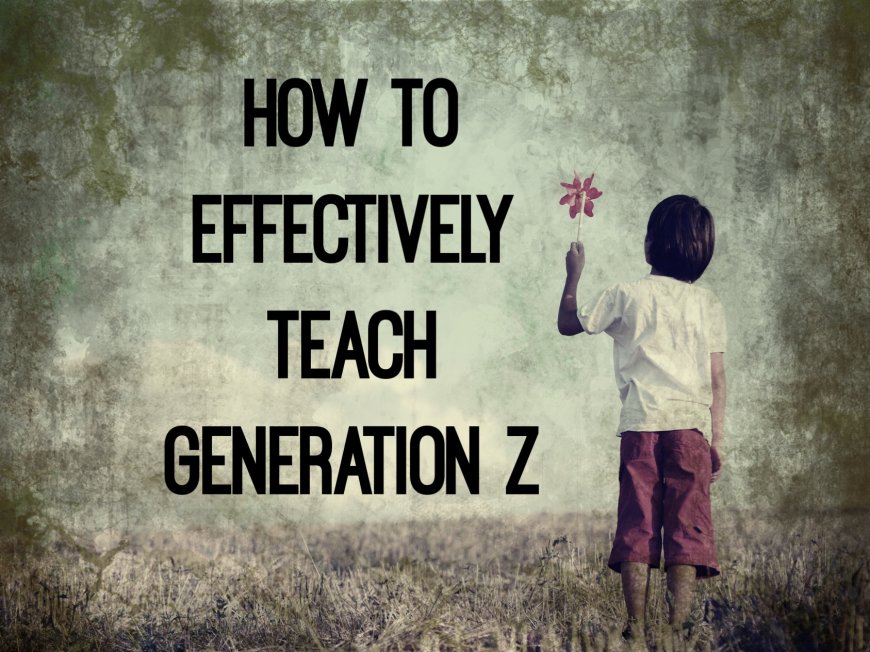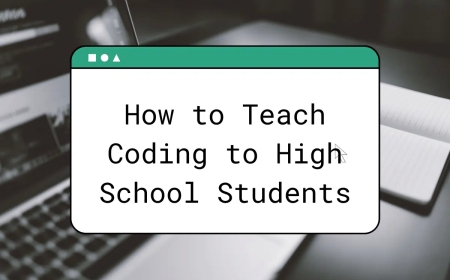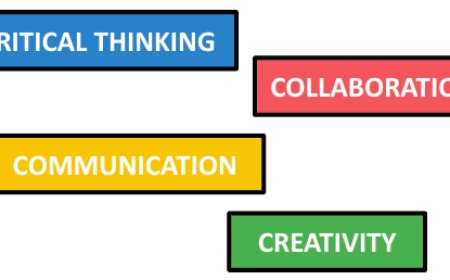How to Teach Gen Z and Alpha Students Effectively
Discover effective teaching strategies for Gen Z and Alpha students using technology, creativity, real-world learning, and emotional support.

In today’s classrooms, educators are increasingly facing the challenge of teaching two digitally native generations: Gen Z (born between 1997–2012) and Gen Alpha (born from 2013 onwards). These students have grown up with smartphones, tablets, and the internet as part of their daily lives. Their way of learning is different from what traditional teaching methods offer. To keep them engaged and ensure effective learning, teachers need to adapt both their mindset and approach. Here's how schools and educators can better connect with and educate these future leaders.
1. Use Technology as a Teaching Partner
Students from Gen Z and Alpha are tech-savvy. Using digital tools like smart boards, learning apps, and gamified platforms can turn dull lessons into exciting experiences. Instead of fighting tech distractions, educators can use them to enhance lessons.
2. Encourage Collaborative Learning
These generations thrive in social environments. Group projects, peer learning, and discussions allow them to build communication skills while staying engaged. Learning in teams also promotes creativity and leadership qualities.
3. Keep Lessons Short and Focused
With shorter attention spans, long lectures often lead to lost interest. Breaking up content into small, focused segments helps maintain attention. Think of teaching in “episodes” instead of full-length features.
4. Make Learning Visual and Interactive
Infographics, short videos, and interactive content are more appealing to these students than lengthy texts. Visual learning helps them remember concepts better and makes the classroom feel alive.
5. Prioritize Real-World Connections
Students often ask, “Why do I need to learn this?” Lessons should connect to real-life situations. When learners see how a math formula or science concept applies to their world, they become more interested and involved.
6. Create a Safe Space for Questions and Opinions
Gen Z and Alpha students value freedom of expression. Encouraging them to ask questions and share thoughts builds confidence. Teachers should listen with patience and respect different viewpoints to make classrooms inclusive.
7. Incorporate Social and Emotional Learning (SEL)
Mental health and emotional intelligence matter more than ever. Integrating SEL into lessons teaches students how to manage emotions, show empathy, and handle challenges—important skills for life beyond school.
8. Offer Personalised Learning Paths
One-size-fits-all teaching doesn’t work anymore. Adaptive learning tools and flexible assignments let students learn at their own pace. When learners feel they are progressing in their own way, they are more likely to stay motivated.
9. Celebrate Creativity Over Memorization
Both Gen Z and Alpha value innovation. Schools should shift from rote learning to projects that let students express creativity, like building models, creating presentations, or solving problems in new ways.
10. Act as Mentors, Not Just Teachers
These generations look for guidance, not just instructions. Being approachable, understanding their struggles, and offering mentorship helps build trust. A good teacher today is also a coach, supporter, and role model.
Conclusion
Teaching Gen Z and Gen Alpha is not about replacing everything from the past—it’s about evolving. By blending traditional values with modern strategies, teachers can create classrooms that feel relevant, inclusive, and inspiring. These generations are the future, and how we teach them today will shape the world of tomorrow.




























